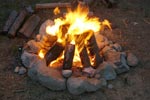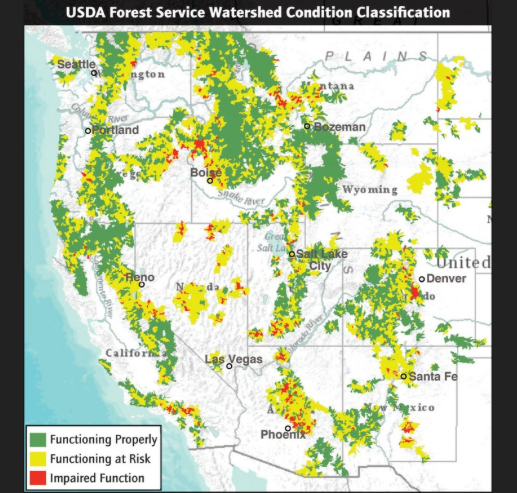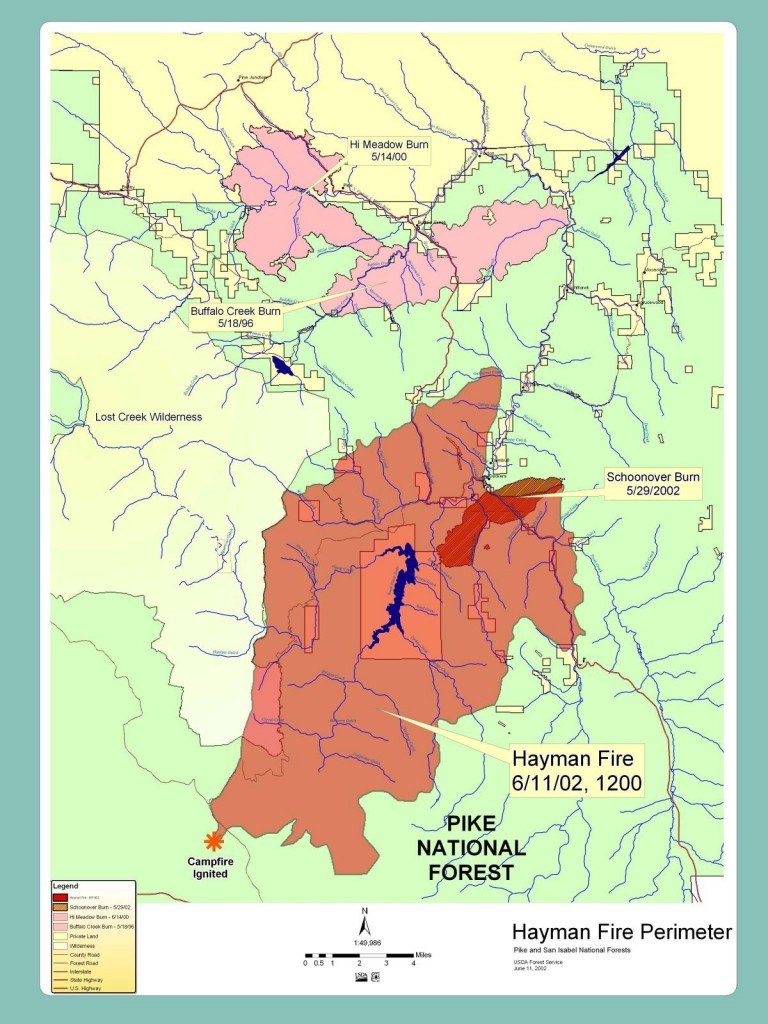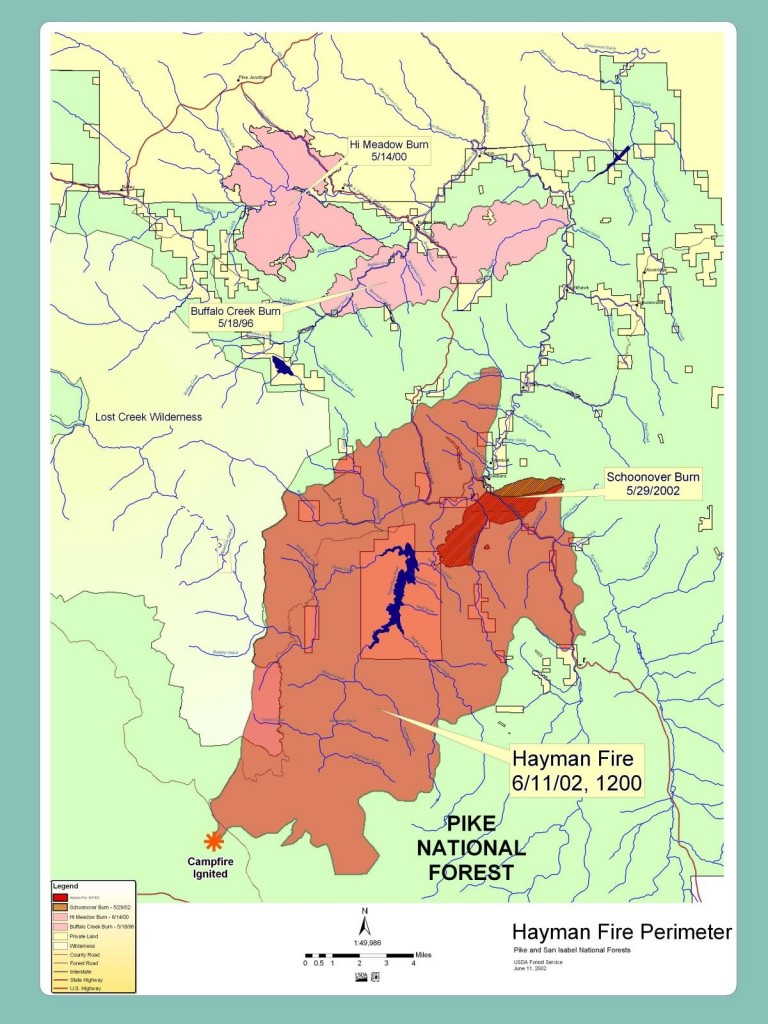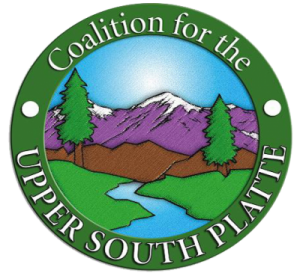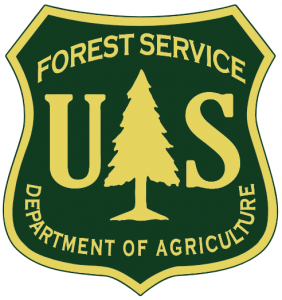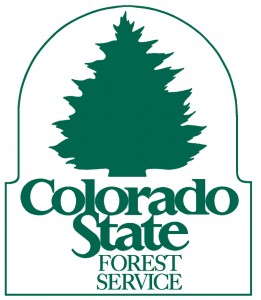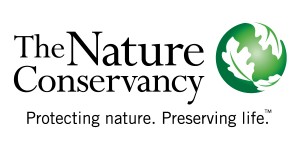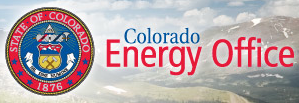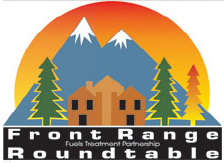Senator Udall visited the site of last year’s Crystal Fire and created the above video about wildfire preparedness.
Friends:
In case you missed it, I wanted you to see the forest health/forest industry Op-Eds that Senator Udall had in the Summit Daily and Coloradoan this week.
Coloradoan: Op-ed: Manage forests better to cut risk, boost economy
http://www.coloradoan.com/apps/pbcs.dll/article?AID=2012305160014
6:40 PM, May. 16, 2012 | Comments
Sen. Mark Udall
As our wildland firefighters work to contain the Hewlett Fire and others around Colorado, they draw attention to the state of our forests and what we can do to help keep them healthy. Last weekend, I joined community members to plant trees on the site of 2011’s Crystal Fire, which burned 3,000 acres and destroyed 13 homes in western Larimer County. But even as we rebuild our forests for future generations, we must bear in mind that effective forest management is more than simply planting trees.
From the Eastern Plains to the Western Slope, Coloradans everywhere enjoy our stunning scenery, but those very same Coloradans also have seen what I have: tree stands decimated by bark beetles and drought. The way we have managed our forests in the past has a dark side. Fires such as Crystal, Hayman, Fourmile Canyon and the Lower North Fork were cautionary red flags that have blazed images in our recent memory.
Those experiences and the stories I have heard underline why we need a strong, balanced approach to forest management. In order to foster better management practices and to protect the people of Colorado, I have been focused on three issues:
First, ensuring the U.S. Forest Service and other land managers continue removing beetle-killed trees from high-risk areas, including around residential areas, roads, trailheads, campgrounds and power lines. Unfortunately, even this basic work will take more than 20 years at current funding levels.
Second, supporting efforts to thin overgrown stands of green trees and remove ground fuels in areas near communities, including by encouraging homeowners to remove brush and other flammable materials in the 100-foot-perimeter “Home Ignition Zone.” When done the right way, these forest-management activities can restore habitat and reduce the threat of catastrophic wildfire.
Finally, fostering better markets and policies for reliable local wood materials and the businesses that use them. There are limited dollars to pay contractors to cut down and dispose of trees from bark beetle and thinning projects, but traditional and entrepreneurial businesses can use this wood to create jobs and revenue if we solve problems with infrastructure and supply.
One possible new use for these trees is as a source of clean, renewable energy. Buildings all over the state are being built or retrofitted to cleanly burn local wood chips for energy. Northern Colorado has several great examples. Colorado State University is heating part of their Foothills Campus with a boiler that runs on wood chips harvested from nearby beetle-kill and wildfire mitigation projects, and the Salvation Army Camp in Estes Park uses wood cleared from its own wildfire mitigation projects to run a new wood boiler system for its 8,600-square-foot dining hall, saving this nonprofit thousands of dollars a year in heating costs. Elsewhere in the state, plans are in the works for woody biomass electricity plants — one in Gypsum and one in Pagosa Springs — that would each produce up to 10 megawatts of electricity. These projects are small-scale and were planned with forest health in mind so they will have a locally sustainable wood supply.
Beyond these energy projects, traditional sawmills, such as those in Montrose, Fort Collins and Saguache, also can benefit from this new approach to forest management. The Montrose sawmill, for example, can produce a large quantity of lumber from beetle-killed trees. That wood, from Colorado forests and milled in Montrose, already has been used on the Front Range to frame new home construction. The U.S. Forest Service made a great decision last fall when, at my urging, they offered sawmills the opportunity to “mutually cancel” and renegotiate old, overvalued timber sales contracts. That decision was critical to saving many rural jobs and retaining those sawmills as a core part of our forest-management infrastructure.
This three-part approach will not only help rejuvenate our forests, but it also will add momentum to Colorado’s recovering economy. I am an eternal optimist, and with a smart approach to forest management and some homegrown ingenuity, we can transform the bark beetle and forest health problem into economic growth.
Mark Udall is a Democrat senator from Colorado.
Summit Daily: Udall: A balanced approach to forest management
http://www.summitdaily.com/article/20120514/COLUMNS/120519936/1078&ParentProfile=1055
By Sen. Mark Udall
Colorado’s forests are the foundation of our way of life in our state. They supply our drinking water, shelter our wildlife and are the base for the scenery and recreational opportunities that define our quality of life. Those are just a few reasons why we need to do more to preserve these living monuments in our state.
Effective forest management is more than simply planting trees. Most Coloradans enjoy our stunning scenery, but those very same Coloradans have also seen what I have: tree stands decimated by bark beetle and drought. The way we have managed our forests in the past has a dark side. Fires such as Missionary Ridge, Hayman, Fourmile Canyon and the Lower North Fork were cautionary red flags that have blazed images in our recent memory.
Those experiences and the stories I have heard underline why we need a strong, balanced approach to forest management. In order to foster better management practices and to protect the people of Colorado, I have been focused on three issue areas:
First, ensuring the U.S. Forest Service and other land managers continue removing beetle-killed trees from high-risk areas, including around residential areas, roads, trailheads, campgrounds and power lines. Unfortunately, even this basic work will take over 20 years at current funding levels.
Second, supporting efforts to thin overgrown stands of green trees and remove ground fuels in areas near communities, including by encouraging homeowners to remove brush and other flammable materials in the 100 feet perimeter “Home Ignition Zone.” When done the right way, these forest-management activities can restore habitat and reduce the threat of catastrophic wildfire.
Finally, fostering better markets and policies for reliable local wood materials and the businesses that use them. There are limited dollars to pay contractors to cut down and dispose of trees from bark beetle and thinning projects, but traditional and entrepreneurial businesses can use this wood to create jobs and revenue if we solve problems with infrastructure and supply.
One possible new use for these trees is as a source of clean, renewable energy. Buildings all over the state are being built or retrofitted to cleanly burn wood chips or pellets for heat. One great example is the new school in Fairplay, where community leaders reduced their heating costs by two-thirds because they built a new wood biomass boiler that uses local timber from restoration and wildfire-reduction projects. Plans are also in the works for small woody biomass electricity plants in the state — one in Gypsum and one in Pagosa Springs — that would each produce up to 10 megawatts of electricity. These projects are small-scale and were planned with forest health in mind so they will have a locally sustainable wood supply.
Beyond these energy projects, existing sawmills in Colorado, such as those in Montrose, Delta and Saguache, also can benefit from this new approach to forest management. In fact, it’s been said that the most economical projects “have a wood chip riding on the back of a two-by-four.”
This model can and does work. The Montrose sawmill, for example, can produce lumber from beetle-killed trees. That wood, from Colorado forests and milled in Montrose, already has been used in Denver to frame new home construction. The U.S. Forest Service made a great decision last fall when, at my urging, they offered sawmills the opportunity to “mutually cancel” and renegotiate old, overvalued timber sales contracts. That decision was critical to saving many rural jobs and retaining those sawmills as a core part of our forest-management infrastructure.
This three-part approach will not only help rejuvenate our forests, but it will also add momentum to Colorado’s recovering economy. I am an eternal optimist, and with a smart approach to forest management and some home-grown ingenuity, we can transform the bark beetle and forest health problem into economic growth.
Mark Udall is the senior U.S. senator from Colorado.
